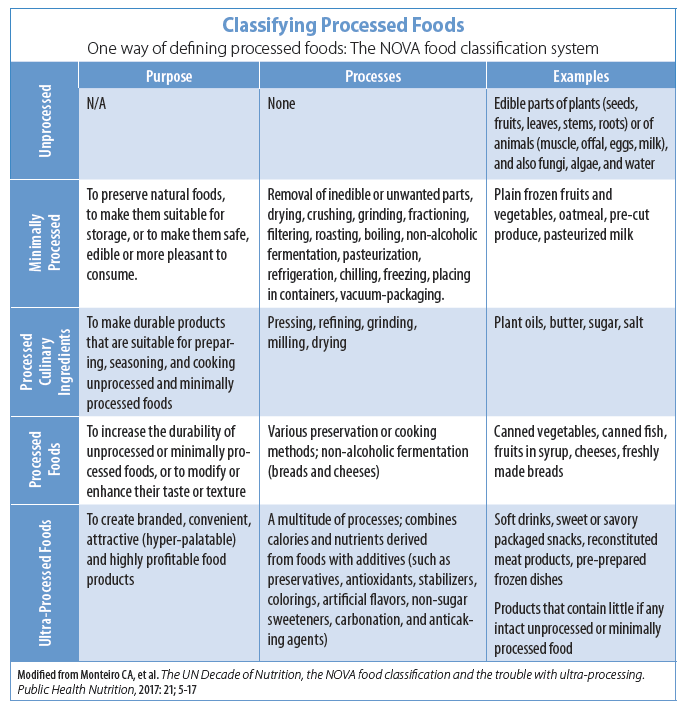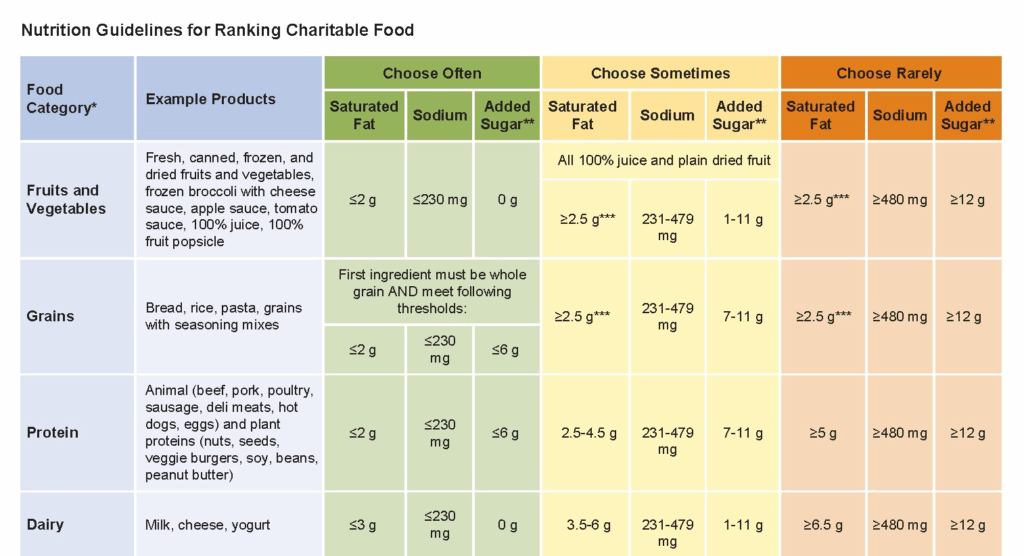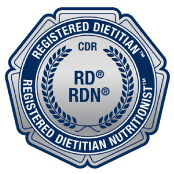I eat ultra-processed foods—but that doesn’t mean you should. Stay curious, stay critical.

Let’s first address the burning question of media headlines and influencers:
Are ultra-processed foods to blame for the rise in chronic diseases in the US?
The simple answer: We don’t know with 100% accuracy.
The nuance and long answer: There is not enough research where diets of different types of ultra-processed foods, genetics, and other factors involved in health are included to make this conclusion.
Not all ultra-processed foods are created equal. We have to consider the nutrient density of the food, frequency of consumption, and how it is being eaten.
Is it eaten alone or alongside other foods?
We also have to remember that health is not determined by one type of food. ( Figure 1)

Social determinants of health are non-medical factors that affect a person’s health. Aside from genetics which is also a factor in a person’s health.
We can be about improving nutrition and increasing nutrient intake, and we can also recognize that we all have different starting points when it comes to health. It is irresponsible of me as a dietitian to expect every client or patient to be able to do the following:
- Just eat more fruits and vegetables
- Just move more
So, returning to the question, if ultra-processed foods are the culprit of the rise in chronic diseases, then let’s be critical.
What other nutrients are in the ultra-processed food?
Are they all high in calories?
How is the ultra-processed food being paired with when eating?
How often are you consuming ultra-processed foods?
Why are ultra-processed foods more affordable than less processed foods?
Typically, we see ultra-processed foods as foods high in saturated fats, sugar, and salt. And yes, diets that are high in any of the former are not health promoting.
We can all agree that the majority of foods we eat should be nutrient-dense (protein, fiber, carbohydrate, and unsaturated fats) to include vitamins and minerals. This does not mean that the nutrients all need to come from the least processed foods as possible.
There is also confusion if some additives such as emulsifiers may affect your gut microbe. Especially some of us with GI sensitivities. According to a review published in Foods, there may be some emulsifiers affecting the microbe. However, studies are not conclusive for the general public due to differences in diets between countries, methodologies, data availability, and targeted populations. The extent of the emulsifier’s effect remains unclear, as it depends on daily intake, consumed amounts, and individual responses.
Then we would have to also factor in cost, time, and access. Many US Americans cannot afford to buy mostly fresh items and/or have the time to make everything from scratch. Many don’t have access to a fully stocked super market. Food deserts was the term used to describe this inaccessibility, however, food apartheid, is I believe, a more appropriate term due to the intersectionalty of race, economic status, and the link to health.
When we learn about the US history redlining practices we will learn how some folks have less access to nutrient-dense food and proper housing because of racist policies.
So when we acknowledge all of these complexities we realize the answer to blaming ultra-processed foods for chronic diseases is not so simple.
Food Classification

The NOVA classification system was created just over 10 years ago when food was starting to be dissected in terms of nutrition and individual nutrients were being looked at. Hence, Professor Carlos Augusto Monteiro and his team at the University of São Paulo created this system that categorizes foods based on their extent of processing. In simple terms, ultraprocessed is anything that cannot be made in a chef’s kitchen.
At a glance, this seems fine and important to know how much food is processed. However, it leaves out the nutrition profile and eating patterns of the food being classified.
Let’s look at a very popular product, protein powder. We can all agree that meeting protein needs ( whether it is animal or plant-based) is important for health.
According to the NOVA system protein powder is a category four, an ultra-processed food.

Does this mean we stay away from protein powder?
Context matters.
Ask yourself:
Are you solely dependent on protein powder for your protein needs or are you using it as a true supplement to fill in the gaps?
This is when a more clear categorization of foods that considers safety, nutrition value and digestibility, palatability, convenience, affordability, and possible public health impact would be more appropriate however is it even feasible?
The article Defining the Role of Processing in Food Classification Systems argues that the NOVA system’s link between certain food groups and health risks from observational studies lacks an evidence-based foundation (1) .
A study in 2019 demonstrated a diet solely from ultraprocessed foods can cause weight gain when compared to a less processed diet with matching nutrient profile (3). In the study, scientists did not dictate how much a person should eat, they just presented the food, therefore the person decided how much of the food to eat. This is where palatability may prove to be a driving force for a person’s adherence to eating certain foods as seen in a study recently published on the influence of texture of ultraprocessed foods (4).
I recommend this discussion from one of the scientists, Dr. Keven Hall, who conducted the study where he explains what they did and what were some significant differences while also recognizing the messiness that is science.
In reference to the NOVA classification, he states it doesn’t refer to the nutrient profile and/or health consequences of the ultraprocessed foods. Dr. Hall states that the claim of the health consequences of ultraprocessed foods is an empirical question. He goes on to say that subcategories of ultraprocessed foods have to be recognized such as harmful, neutral, and even healthy. He continues to say that what needs to be looked at is what are the mechanisms in diets high in ultraprocessed foods and how do they lead to poor health and through understanding that then we would know what to target.
I’d like to end by stating the NOVA system brought food to the forefront when considering health. It was a way to organize food. However, it left some key factors out of the classification system which now are essential moving forward.
CONCLUSION
- It can be easy to have an obvious target to blame when we overlook all the factors that determine health.
- Affordability and access are to be strongly considered. While also considering access to health care. See this great summary by a fellow colleague.
- There has to be more policies where investment and subsidies to small farmers that are growing the fruits and vegetables than the policies now that provide subsidies for big corporation farms.
- Defining ultraprocessed foods encompasses all the variables previously discussed which can seem unrealistic and almost a distraction to the actual changes needed in our food environment to create a healthy impact.
- It is our dietary patterns (how often, how much) that can have an impact on our health. Not just one food.
TAKEAWAY
Moving forward in this current turmoil by trying to stick to the basic food label reading skills. This is a free resource to learn more. Especially if you are managing a chronic disease.
I recently learned about the H.. E.R nutrition guidelines. This method was presented by a dietitian working at the Houston Food Bank Community Health program (Figure 3).

Foods are categorized by looking at the three nutrients that are known to influence chronic diseases such as diabetes, hypertension, and high cholesterol.
This type of classification provides us with attainable and realistic scenarios where we are looking at specific nutrients (saturated fat, sodium and added sugar) that we know can influence chronic diseases. Especially when they are eaten alone and often.
So yes I eat ultra-processed foods. I believe all foods can fit into our diet (if that is your desire) because a disease is not caused by eating one food. This is one way to reduce stress around food and take charge of our health and nutrition.

CITATIONS
- Ahrné, L., Chen, H., Henry, C.J. et al. Defining the role of processing in food classification systems—the IUFoST formulation & processing approach. npj Sci Food 9, 56 (2025). https://doi.org/10.1038/s41538-025-00395-x
- De Siena M, Raoul P, Costantini L, Scarpellini E, Cintoni M, Gasbarrini A, Rinninella E, Mele MC. Food Emulsifiers and Metabolic Syndrome: The Role of the Gut Microbiota. Foods. 2022 Jul 25;11(15):2205. doi: 10.3390/foods11152205. PMID: 35892789; PMCID: PMC9331555
- Hall, Kevin D., et al. Ultra-processed diets cause excess calorie intake and weight gain: an inpatient randomized controlled trial of Ad Limitum food intake. Cell Metabolism. 2019 Jul 02.Cell Metabolism, Volume 30, Issue 1, 67 – 77.e3
- Lasschuijt, M. P., L. A. J. Heuven, M. van Bruinessen, et al. 2025. “ The Effect of Eating Rate of Ultra-Processed Foods on Dietary Intake, Eating Behaviour, Body Composition and Metabolic Responses—Rationale, Design and Outcomes of the Restructure Randomised Controlled Trial.” Nutrition Bulletin 1–16. https://doi.org/10.1111/nbu.70027.
- Monteiro, C.A., Cannon, G., Lawrence, M., Costa Louzada, M.L. and Pereira Machado, P. 2019. Ultra-processed foods, diet quality, and health using the NOVA classification system. Rome, FAO.https://openknowledge.fao.org/server/api/core/bitstreams/5277b379-0acb-4d97-a6a3-602774104629/content
- Schwartz M, Levi R, Lott M, Arm K, Seligman H. Healthy Eating Research Nutrition Guidelines for the Charitable Food System. Durham, NC: Healthy Eating Research; 2020. Available at http://healthyeatingresearch.org
.


